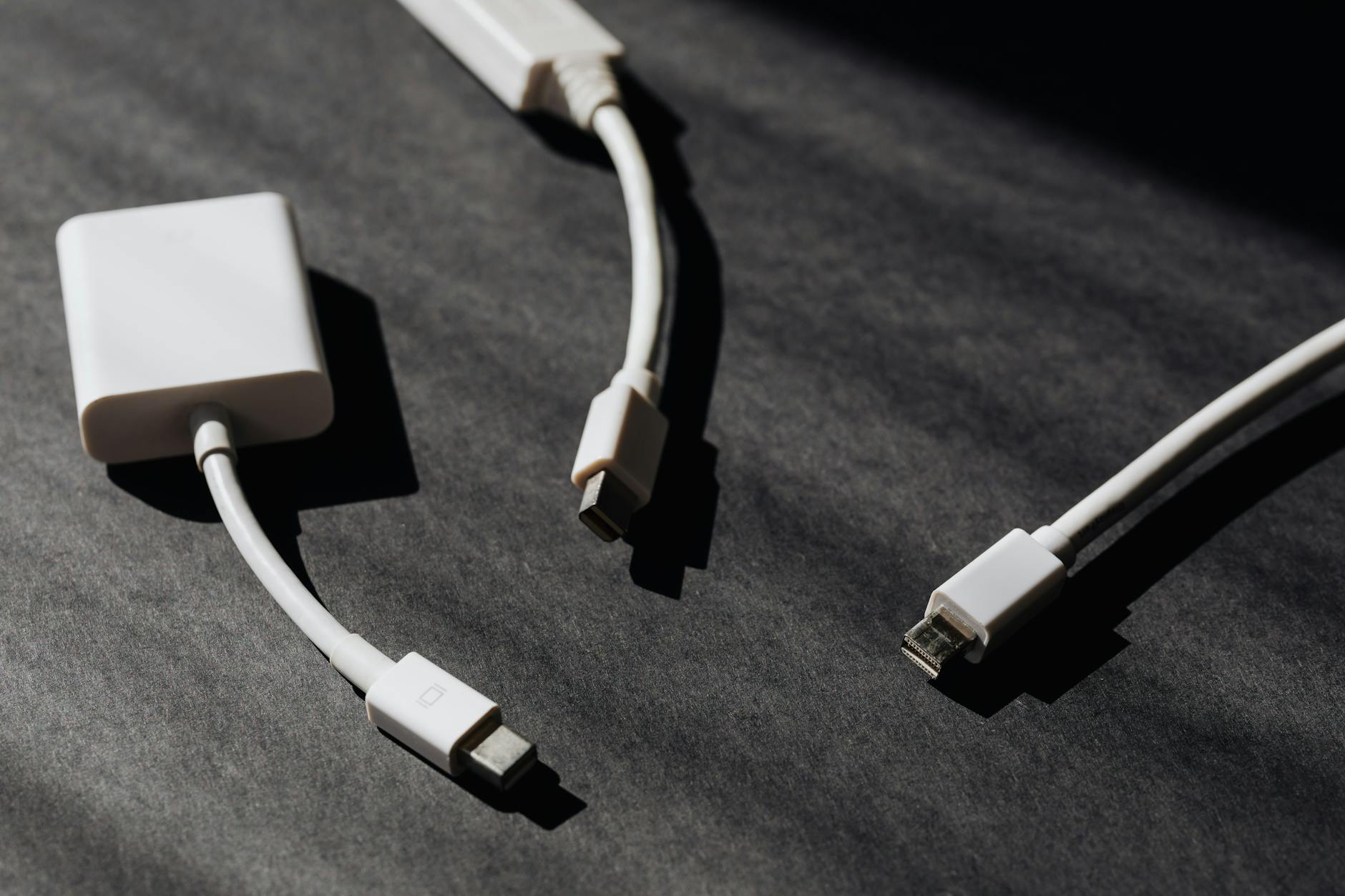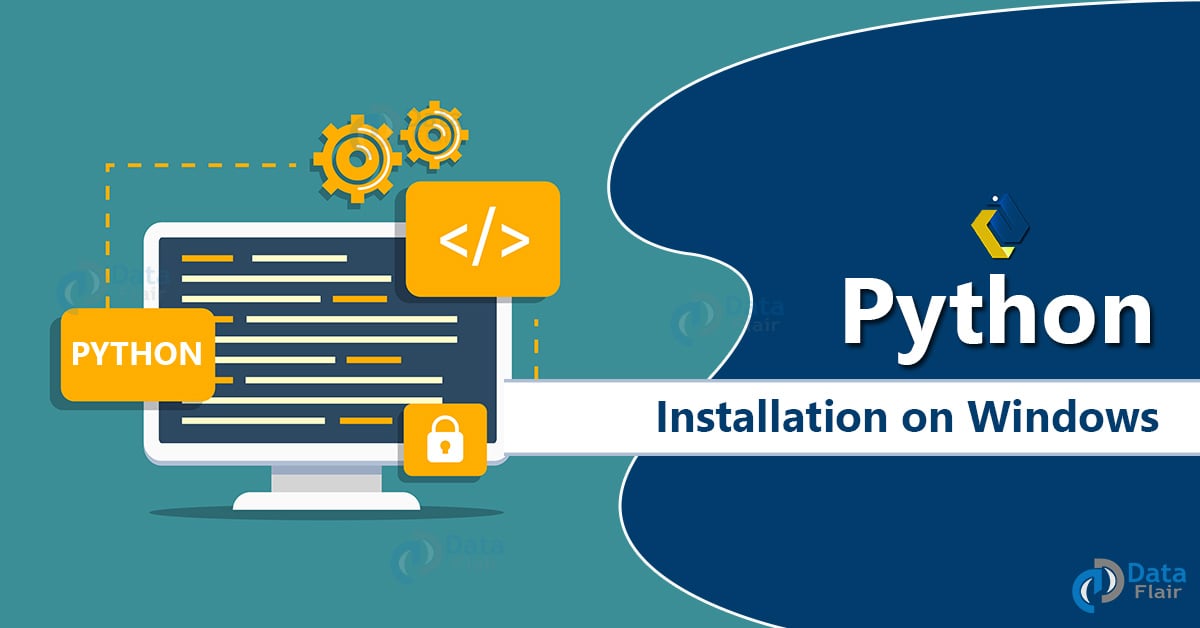Python Power: A Step-by-Step Guide to Installing Python on Your Computer

Unlock the secrets of Python with this step-by-step guide to installing Python on your computer. Don't miss out!
Table of Contents
Welcome to the world of Python, where coding dreams come true! If you're itching to get Python up and running on your Windows 10 machine, you've come to the right place. In this guide, we'll hold your hand through the installation process, making it as smooth as a freshly brewed cup of coffee. Let's dive in!
Checking for Existing Python Installation
First things first, let's see if Python is already lurking in the shadows of your Windows 10 operating system. To do this, type 'cmd' in your search bar to open the Command Prompt. Once there, run the command python --version to check for Python's presence. If you see a version number pop up, congrats – you're all set! If not, fear not, we'll get you sorted in no time.
Downloading Python Installer
Time to grab Python by the reins! Head over to the official Python website and locate the download section. Make sure to choose the version that suits Windows 10 like a glove. Python is a versatile language, so pick the version that aligns with your project needs. Look for the big, juicy 'Download' button and click away!
Installing Python
Here comes the fun part – installation time! Once the Python installer has finished downloading, kick off the installation process. Choose your installation directory wisely, as this will be Python’s cozy little home on your system. Oh, and don't forget to tick that 'Add Python to PATH' checkbox – it's like giving Python a key to the city. Feel free to customize the installation options to your heart's content.

Image courtesy of data-flair.training via Google Images
Verifying Python Installation
Let's jog Python's memory and ensure everything went smoothly. Fire up the Command Prompt once more and type python. If you see Python's interactive shell appear, congratulations! You've successfully installed Python on your Windows 10 device. Give yourself a pat on the back – you're now one step closer to coding greatness!
| Step | Description |
|---|---|
| 1 | Visit the official Python website |
| 2 | Click on the "Downloads" tab |
| 3 | Choose the version of Python you want to install (e.g., Python 3.8.5) |
| 4 | Select the appropriate installer for your operating system (Windows, macOS, Linux) |
| 5 | Download the installer to your computer |
| 6 | Run the installer and follow the installation instructions |
| 7 | Make sure to check the option to add Python to your PATH |
| 8 | Verify the installation by opening a command prompt and typing "python --version" |
Conclusion
And just like that, you've unlocked the power of Python on your Windows 10 contraption. With Python by your side, the coding world is your oyster. So go forth, tinker, experiment, and create wonders with this versatile programming language. Remember, Windows for Dummies is always here to guide you through the tech jungle. Happy coding!
FAQ
Is Python compatible with Windows 10?
Yes, Python is fully compatible with Windows 10. You can easily install and run Python on your Windows 10 system by following the steps outlined in this guide.
Do I need any prior programming knowledge to install Python?
No, you don't need any prior programming knowledge to install Python. The installation process is straightforward and suitable for beginners.
Can I install multiple versions of Python on my computer?
Yes, you can install multiple versions of Python on your computer. Just make sure to specify the installation directory for each version to avoid conflicts.
Will installing Python affect other programs on my Windows 10 PC?
Installing Python will not affect other programs on your Windows 10 PC. Python operates independently and coexists harmoniously with other software on your system.
Generated by Texta.ai Blog Automation


